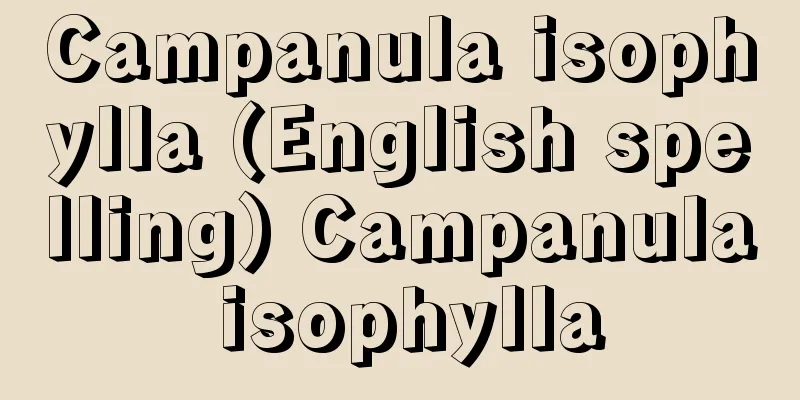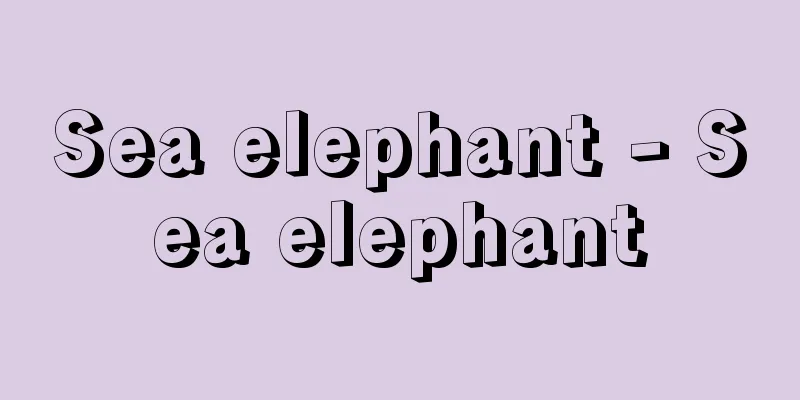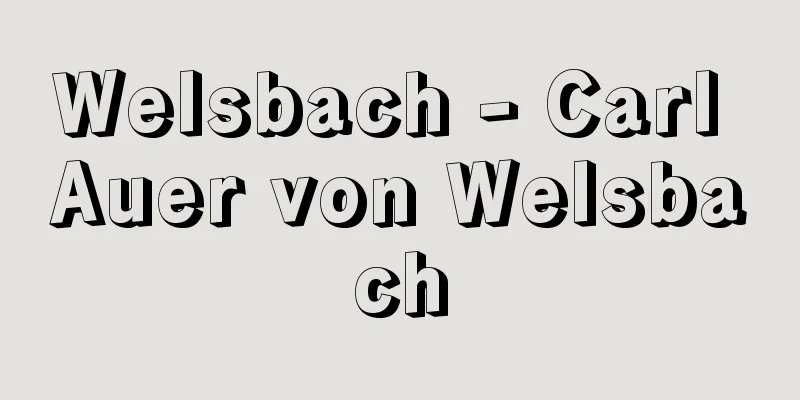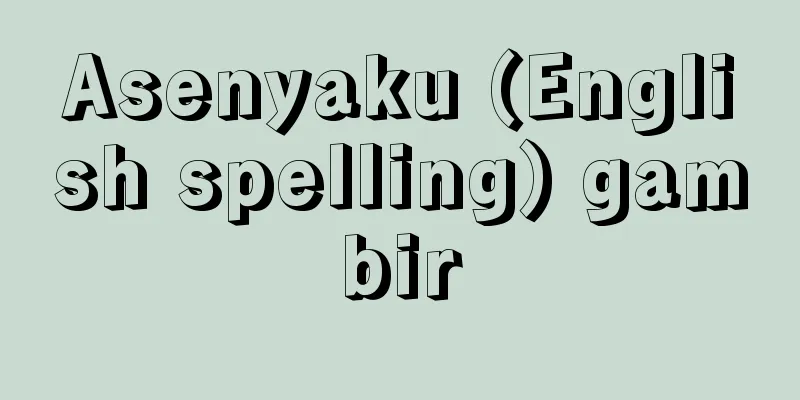Equal Opportunities in Education
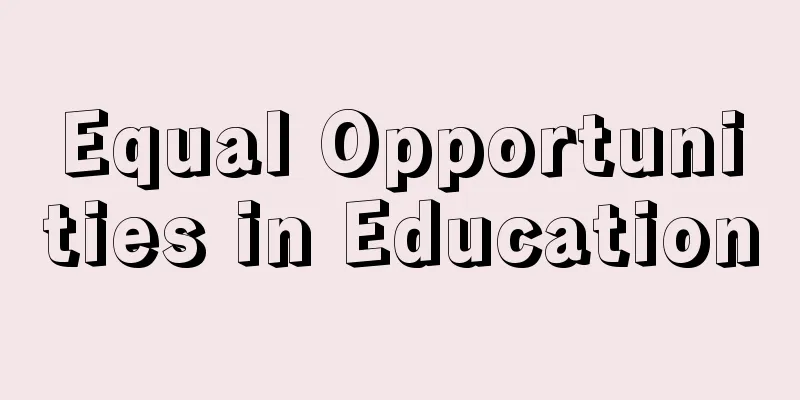
|
One of the principles that supports modern public education is that the opportunity to receive an education should be guaranteed equally to everyone according to ability, without discrimination based on race, creed, sex, social status, economic status, or family origin. In accordance with Article 26 of the Constitution of Japan, Articles 3 and 4 of the Fundamental Law of Education, and various provisions in the School Education Act, Japan is working to fulfill the aforementioned principle through the establishment and expansion of a free compulsory education system, a school system based on this foundation that has no dead ends, and scholarship systems. However, it is not easy to satisfy both the Constitution's demands of "according to ability" and "equally." Emphasizing the former could lead to discrimination, while emphasizing the latter could lead to the approval of standardization of education. While keeping in mind the various issues facing education for disabled children (and adults), night schools, corrective education, the entrance examination system, lifelong learning, and other issues, it is hoped that the two demands can be dynamically met in relation to limited financial resources, with a view to reducing the growing educational disparities between regions and generations. [Kimura Tsuneo] "Equal Opportunities in Education" edited by Akio Igasaki (included in "Selected Documents on the Fundamental Law of Education, Vol. 3", 1978, Gakuyo Shobo) " "Educational Studies Lectures 20: Expansion of Educational Opportunities" edited by Isao Tsuji and Shigeya Kinoshita (1979, Gakken) [Reference items] | | |Source: Shogakukan Encyclopedia Nipponica About Encyclopedia Nipponica Information | Legend |
|
教育を受ける機会が、人種、信条、性別、社会的身分、経済的地位または門地により差別されず、能力に応じてひとしく保障されるべきであるという、近代公教育を支える理念の一つ。日本国憲法第26条、教育基本法第3条・第4条はじめ学校教育法などの諸規定により、日本でも、無償の義務教育制度、それを基盤とする袋小路のない学校体系、奨学制度などの整備拡充により前述の理念の充実が図られている。 しかし憲法の「能力に応じて」と「ひとしく」との要請をともに充足させることは容易ではない。前者を重視すれば差別の、後者を強調すれば教育の画一化の是認になりかねない。障害児(者)教育、夜間中学、矯正教育、入試制度、生涯学習、生涯教育などの抱える諸問題を見据えながら、増大しつつある地域間や世代間の教育格差を、どう縮小していくのか、限られた財源との関係で、二つの要請の動的な充足が望まれる。 [木村力雄] 『伊ヶ崎暁生編『教育の機会均等』(『教育基本法文献選集 第3巻』所収・1978・学陽書房)』▽『辻功・木下繁弥編『教育学講座20 教育機会の拡充』(1979・学習研究社)』 [参照項目] | | |出典 小学館 日本大百科全書(ニッポニカ)日本大百科全書(ニッポニカ)について 情報 | 凡例 |
<<: Financial Neutrality in Education
>>: Imperial Rescript on Education
Recommend
ribs
…these bones are located in the center of the fro...
Community medicine
…The concept of community medicine was first prop...
Contractile ring
…In contrast, in animals, a cleavage furrow forms...
High bush blueberry
...Three groups of blueberries are important in t...
Toxotes jaculator
...It is relatively tolerant to low temperatures....
Prince Naohito
The first son of Emperor Hanazono. His mother was...
Nishikawa School
A leading school of Japanese dance. (1) (Head fam...
Amagi rhododendron - Amagi rhododendron
...In northern Shizuoka Prefecture, there is a sp...
Köppen, Wladimir Peter
Born: September 25, 1846 in St. Petersburg, Russia...
Kizo Ueno - Agano Kizo
Year of birth: Year of birth and death unknown. A ...
Mr. Suzuki
A local lord in Kii Province. He had a deep connec...
Mount Entsu
...A temple of the Rinzai sect of Buddhism, Daito...
Toluca - Toluca (English spelling)
The capital of the State of Mexico in central Mex...
Eye Examination - Eye Examination
This refers to the tests required for eyeglass pr...
Kasri Shirin (English spelling)
…The front part of the building is a public area ...


